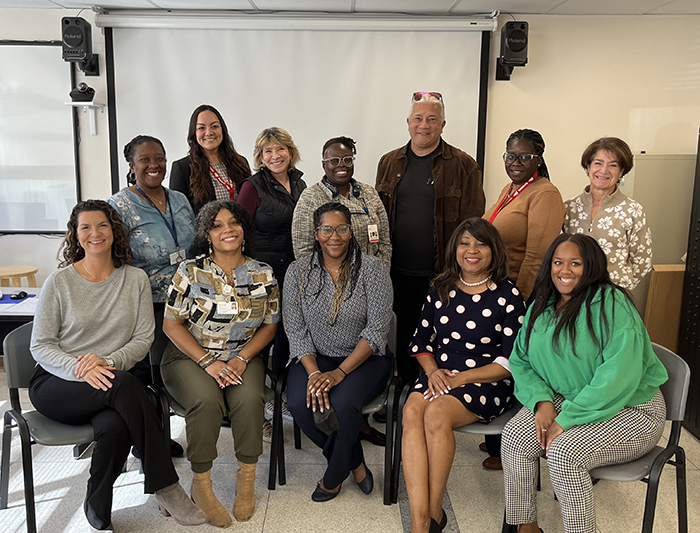
Our mission is to advise the New York State Office of Mental Health and the Suffolk County Department of Health Services Division of Community Mental Hygiene on policies, programs, and activities regarding service provision to individuals with mental health or emotional challenges who are from diverse racial/ethnic backgrounds.
Our goal is to tear down barriers to recovery, such as disparities in access to treatment, lack of access to quality services, lack of information, language difficulties, stigma, myths, mistrust, bias, prejudices, and discrimination.
We promote culturally, linguistically, and spiritually competent services; enhancing the value system that sees recovery as achievable for every person who has experienced mental illness.
Suffolk County Directory of Behavioral Health Services
Suffolk Stop Addiction